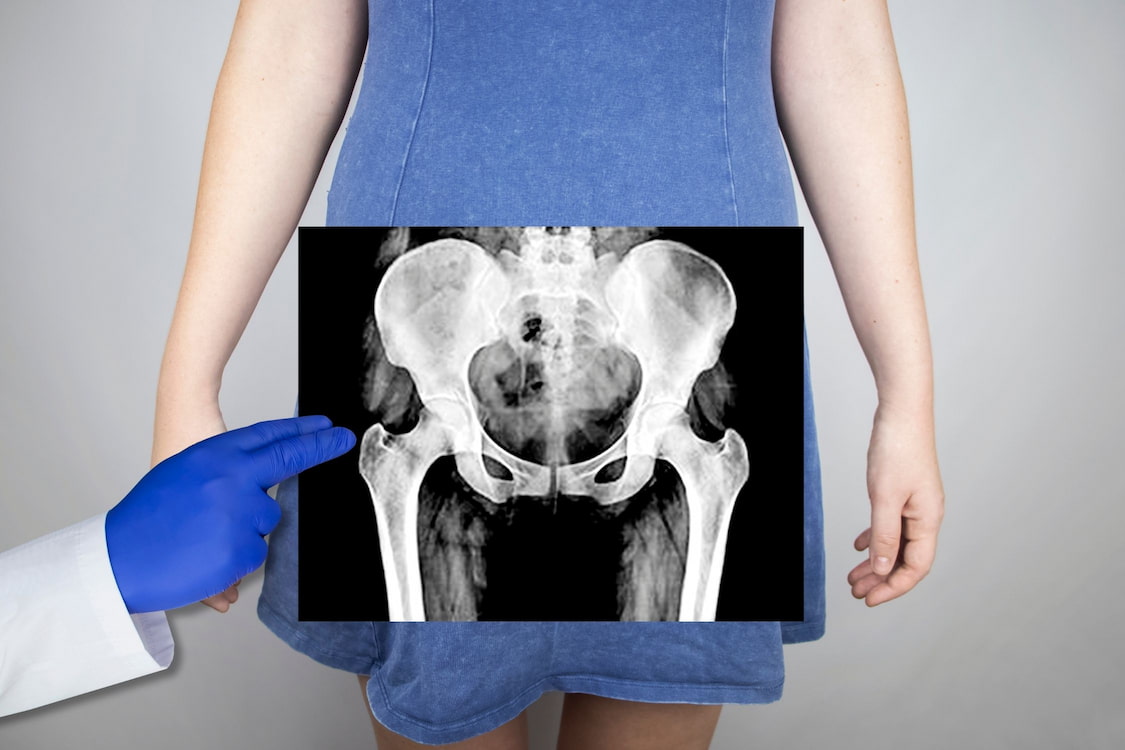
Pelvic Scans and Gynecological Conditions: Early Detection and Treatment
Pelvic scans are an indispensable diagnostic method for gynecological disorders and illnesses. Because they are not invasive and do not cause any discomfort, many people, including patients and doctors, opt to use them. The use of ultrasonic waves to generate images of the pelvic organs, which can assist in the diagnosis of a variety of medical disorders, is known as a "pelvic scan."
In this post, we will discuss the disorders that a pelvic ultrasound can identify, whether infections can be discovered by a pelvic scan, what happens after a pelvic scan, and when you should consider having a pelvic scan performed.
What Is a Pelvic Scan?
The diagnostic procedure known as a pelvic scan, which is often referred to as a pelvic ultrasound scan, is a test that generates images of the pelvic organs by employing ultrasonic waves. This refers to the uterus, ovaries, cervix, fallopian tubes, bladder, and rectum, among other reproductive organs. The pelvic region is examined by moving a transducer, which is a small handheld instrument, across it. The transducer emits high-frequency sound waves, which bounce off the organs and form images.
What Is a Pelvic Scan Looking for?
A pelvic scan is a non-invasive imaging technique that uses ultrasound waves to create detailed images of the pelvic organs, allowing healthcare professionals to diagnose a range of gynecological conditions. These include ovarian cysts, fibroids, endometriosis, pelvic inflammatory disease (PID), and ectopic pregnancy. Ovarian cysts are fluid-filled sacs that develop in or on the surface of the ovaries. They are common and usually harmless, but can sometimes cause discomfort or pain. Fibroids are non-cancerous growths that develop in the uterus and can cause heavy or painful periods. Endometriosis is a condition where tissue similar to the lining of the uterus grows outside of the uterus, causing pain and fertility problems. PID is an infection of the reproductive organs that can cause pain, fever, and infertility. Ectopic pregnancy is a potentially life-threatening condition where a fertilized egg implants outside of the uterus, usually in the fallopian tubes. Early detection and treatment of these conditions are crucial for optimal health outcomes, which is why a pelvic scan is an important tool for healthcare professionals.
Ovarian Cysts - Pelvic scans can detect the presence of ovarian cysts, which are fluid-filled sacs that develop on the ovaries. In some cases, these cysts can cause pain and discomfort.
Fibroids - Fibroids are noncancerous growths that develop in the uterus. They can cause heavy bleeding, pain, and discomfort. Pelvic scans can detect the size and location of fibroids.
Endometriosis - Endometriosis is a condition where the tissue that lines the uterus grows outside of it, causing pain and discomfort. Pelvic scans can help diagnose endometriosis by detecting the presence of abnormal tissue growth.
Pelvic Inflammatory Disease (PID) - PID is an infection of the female reproductive system that can cause infertility and chronic pelvic pain. Pelvic scans can detect the presence of inflammation in the pelvic organs.
Ectopic Pregnancy - An ectopic pregnancy occurs when a fertilized egg implants outside the uterus, usually in the fallopian tubes. This can be a life-threatening condition, and pelvic scans can detect the location of the pregnancy.

Can Infection be Detected Through Pelvic Scan?
Yes, infections can be detected through a pelvic scan. Pelvic inflammatory disease (PID) is an infection of the female reproductive system that can cause infertility and chronic pelvic pain. Pelvic scans can detect the presence of inflammation in the pelvic organs, which can indicate the presence of PID.
Signs of a Bad Pelvic Ultrasound
In some cases, a pelvic ultrasound scan may not provide clear images, which can be frustrating for both patients and doctors. Signs of a bad pelvic ultrasound include:
Incomplete Images - If the ultrasound technician cannot obtain complete images of the pelvic organs, the scan may need to be repeated.
Poor Image Quality - If the images produced by the scan are blurry or unclear, this can make it difficult to diagnose medical conditions.
Limited Visibility - If the organs are not visible in the scan, this can make it impossible to diagnose medical conditions.
What Happens After a Pelvic Scan?
After a pelvic scan, your doctor will review the images and determine if any medical conditions are present. Depending on the results, your doctor may recommend further testing or treatment. If no medical conditions are present, you may not need any further follow-up appointments.
Pelvic Scan for Females
Pelvic scans are typically utilized as part of the diagnostic process for female patients presenting with gynecological conditions. As a result of the fact that they are not invasive and do not result in any discomfort, patients and medical professionals alike find them to be an attractive choice.
When Should a Pelvic Scan Be Done?
Pelvic scans may be recommended by your doctor if you are experiencing any symptoms or if they suspect a gynecological condition. Some common symptoms that may prompt a doctor to recommend a pelvic scan include:
Abnormal vaginal bleeding or discharge
Pelvic pain or discomfort
Difficulty conceiving
Unexplained weight loss
Abdominal swelling or bloating
Additionally, your doctor may recommend regular pelvic scans as part of your routine gynecological care, particularly if you have a history of gynecological conditions or if you are at an increased risk of developing them.
How to Prepare for a Pelvic Scan: Tips and Guidelines
While pelvic scans are generally safe and non-invasive, there are some potential risks and side effects to be aware of. In rare cases, the pressure from the transducer during the scan may cause discomfort or pain. Additionally, some women may experience mild cramping or spotting after the scan. In very rare cases, an allergic reaction to the ultrasound gel or radiation exposure from a CT scan may occur. However, the benefits of early detection and treatment of gynecological conditions generally outweigh these risks. If you have any concerns about the risks or side effects of a pelvic scan, talk to your doctor before the procedure.
Healthy Türkiye Notes
In conclusion, pelvic scans are an essential tool for diagnosing gynecological conditions. They are non-invasive, painless, and can help detect a range of medical conditions. A pelvic scan uses ultrasound waves to create images of the pelvic organs, which can help diagnose conditions such as ovarian cysts, fibroids, endometriosis, PID, and ectopic pregnancy. If you are experiencing symptoms or have a history of gynecological conditions, talk to your doctor about whether a pelvic scan may be right for you. Early detection and treatment of gynecological conditions can help prevent complications and improve outcomes.



